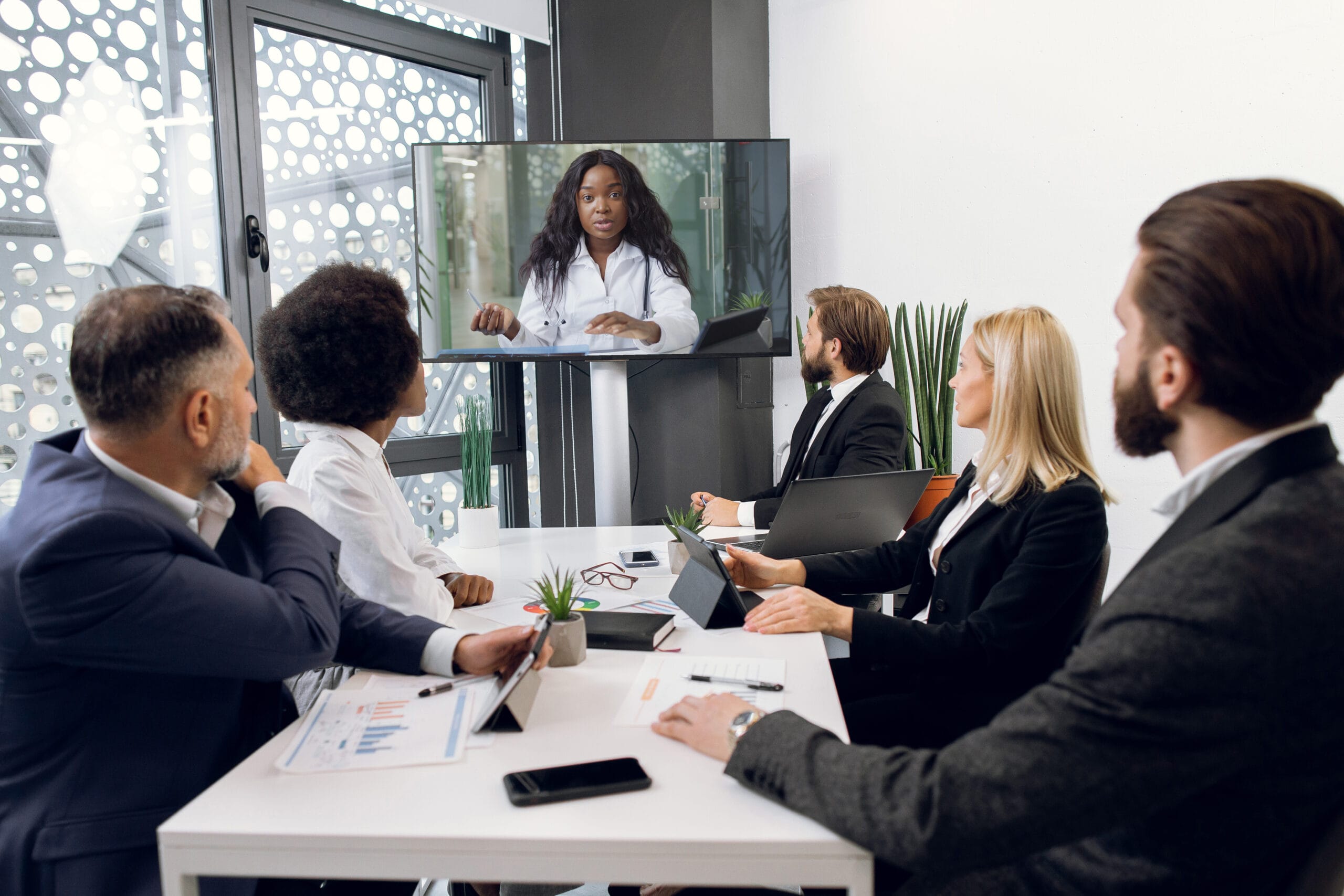Trial Presentation Delivering Effective Case Information in Legal Proceedings
Trial Presentation Delivering Effective Case Information in Legal Proceedings
Blog Article
Astound the Jury: Important Elements of a Powerful Test Discussion
Important aspects such as recognizing the audience, crafting a compelling story, and grasping verbal and non-verbal communication are crucial components of an effective discussion. As these aspects link, they develop a cohesive approach that not just notifies however likewise involves jurors on numerous degrees.

Comprehending Your Target Market
Recognizing your target market is a critical facet of reliable trial presentation. A successful presentation hinges on the capacity to understand the demographics, values, and predispositions of jurors. This comprehension notifies exactly how disagreements are mounted, proof is presented, and emotional appeals are crafted, guaranteeing that the message resonates with the jurors on a personal level.
Study suggests that jurors come from varied histories and may have varying degrees of comprehending relating to legal proceedings. In addition, recognizing the jurors' possible predispositions and life experiences allows the test speaker to anticipate arguments and address worries proactively.
Reliable test discussion additionally involves observing jurors' reactions throughout the procedures. Being attuned to non-verbal cues can provide understanding right into their interaction and understanding, enabling real-time adjustments in approach. Eventually, a profound understanding of the target market not only boosts communication yet likewise builds connection, enhancing the possibility of a favorable result. Involving with jurors as individuals as opposed to a collective device is important in cultivating a strong link in the courtroom.

Crafting an Engaging Narrative
Crafting a compelling narrative is crucial in directing jurors with the intricacies of a case. A well-structured story not only streamlines intricate lawful ideas however likewise involves jurors on an emotional degree, making the details a lot more relatable and unforgettable.
This message ought to reverberate with the jurors' worths and experiences, fostering a link that transcends simple facts. This chronological strategy can help jurors comply with the development of occasions, stressing cause and impact.
Including human elements-- such as personal stories or narratives-- can better enhance the story's effect. These components stimulate empathy, allowing jurors to imagine the repercussions of the instance on actual lives. Additionally, utilizing a regular motif throughout the discussion reinforces the main argument, making it much easier for jurors to maintain critical points.
Eventually, an engaging narrative transforms a trial presentation from a simple recounting of facts into a convincing story that mesmerizes the jury, motivating them to ponder with both reason and emotion.
Making Use Of Aesthetic Help
Incorporating visual help right into a trial presentation can significantly enhance jurors' understanding and retention of details. Aesthetic materials such as graphes, layouts, photos, and videos can change complicated legal principles and proof into easily absorbable styles. By engaging several senses, these aids permit jurors to imagine the case's key components, making it less complicated for them to comply with along and understand intricate details.
Moreover, well-designed aesthetic aids can stress important factors and emphasize connections in between different items of evidence. For example, timelines can successfully illustrate the sequence of occasions, while annotated photos can clarify specific details pertinent to the instance. This not just help in understanding but additionally reinforces the story provided by the attorney.
It is essential, nonetheless, to make sure that visual aids are appropriate, clear, and expertly offered. Overly complicated or chaotic visuals might bewilder jurors and diminish the message. When utilized judiciously, visual aids serve to complement the oral debates and enhance the total impact of the trial discussion. Inevitably, reliable aesthetic interaction can be an effective tool in persuading jurors and assisting them reach notified final thoughts.
Understanding Verbal Interaction
Efficient verbal communication is essential in a trial presentation, as it works as the main ways with which attorneys convey their debates and get in touch with jurors. Understanding this ability includes clarity, persuasion, and interaction. Attorneys should articulate their points clearly and briefly, preventing lawful lingo my latest blog post that may puzzle jurors. Simplicity in language promotes understanding and aids jurors understand intricate concerns presented throughout the test.
Furthermore, tone and pacing considerably influence how messages are received. A confident tone conveys authority, while proper pacing allows jurors to soak up information without really feeling overwhelmed. Lawyers must also vary their vocal inflections to highlight crucial points and keep jurors' interest throughout the presentation.
In addition, the organization of spoken debates is essential. Structuring the narrative realistically and coherently assists jurors comply with the lawyer's logic, making it less complicated for them to preserve critical information. Making use of convincing methods, such as storytelling, can likewise improve the emotional resonance of the debates presented, thereby producing a much more extensive connection with jurors.
Ultimately, understanding spoken interaction not just strengthens a lawyer's instance however also cultivates trust and connection with the jury, significantly boosting the opportunities of a positive judgment.

Involving With Body Language
Nonverbal communication plays a crucial role in trial discussions, typically sharing messages that words alone can not share. Body language, incorporating motions, pose, faces, and eye get in touch with, significantly influences just how jurors perceive the reliability and genuineness of the speaker. A positive position, with shoulders back and an open site web position, can infuse trust, while closed-off body movement might recommend defensiveness or unpredictability.

Faces should mirror the emotions connected with the instance, strengthening the narrative being provided. A genuine expression throughout a poignant moment can generate compassion and enhance the psychological allure. Eventually, understanding body language is essential for effective trial discussions, as it enhances spoken helpful hints communication and establishes a compelling presence that reverberates with the court.
Verdict
To conclude, mesmerizing the jury requires a calculated strategy that incorporates understanding the audience, crafting an engaging narrative, utilizing visual help, grasping spoken communication, and engaging through body movement. Each aspect plays a vital role in producing a powerful test discussion that reverberates with jurors on both psychological and intellectual levels (trial presentation). By integrating these components efficiently, lawyers can considerably enhance their capacity to persuade and affect court decision-making
Report this page